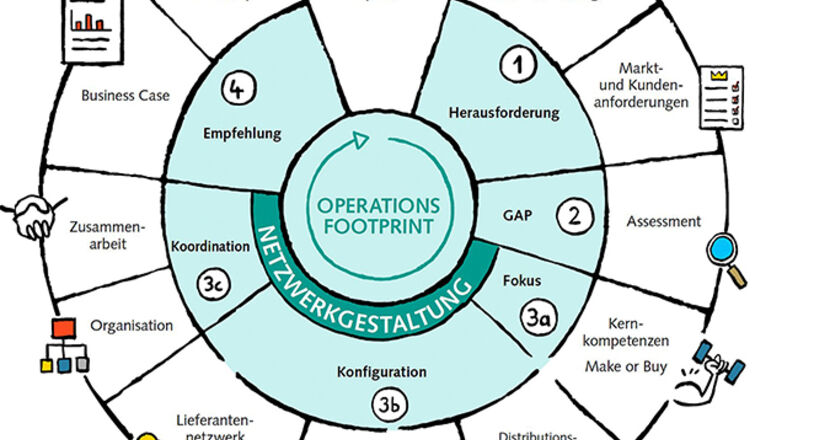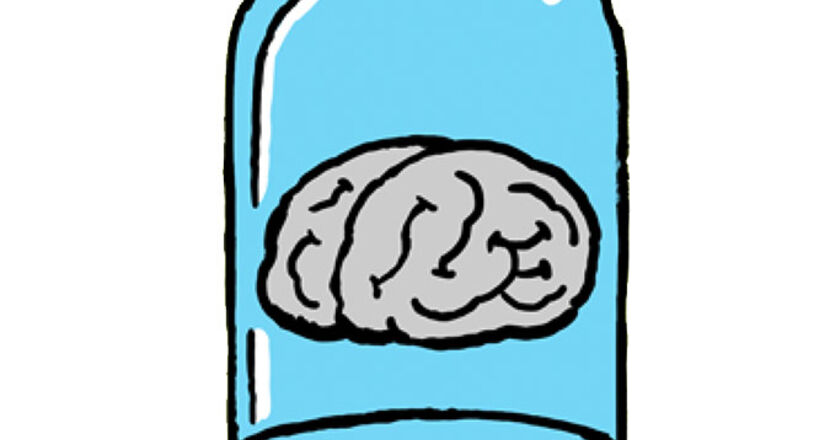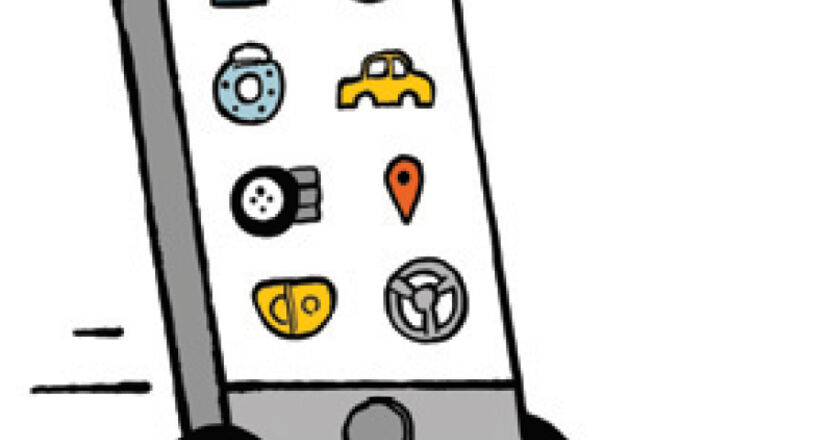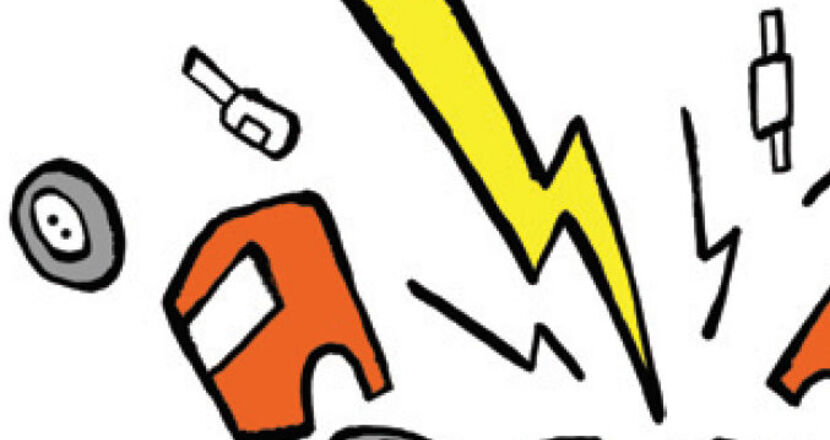
Digitization in Mechanical Engineering
There is hardly any new growth opportunity in their core business. However, the digital products and services business shows two-digit growth rates.
Articles and interviews on current trends, technology and industry challenges, information on our consulting services, seminars and events as well as company topics:
Here you can find out what drives EFESO.

There is hardly any new growth opportunity in their core business. However, the digital products and services business shows two-digit growth rates.

Tool shed manufacturer BIOHORT is not working without a digital twin in the future

An infographic concerning the key elements of global corporate networks. No market can be captured with a growth strategy alone – which is why our infographic summarizes the key components of network design and other mandatory elements.

Digital transformation will not happen by itself, even with SAP S/4HANA. The real-time S/4HANA ERP suite is not an upgrade, rather the migration of a completely new product line. This will have a major impact on the IT landscape and business processes in companies.
![[Translate to English:] [Translate to English:]](/fileadmin/_processed_/2/c/csm_roi-e-fahrzeug_e332f613ab.jpg)
Infographics showing six new business fields and structural changes
We show what commercial areas of activity are springing up around electric vehicles and what structural change in the automotive and supply industry might look like.

Interview with Professor Matthias Busse, Chairman of Forum ElektroMobilität e.V. Professor Matthias Busse describes how e-mobility is changing value chains in the automotive industry and what technological innovations are gaining significance.

Threat or opportunity? How established automotive industry suppliers can hold their own in the switch to e-mobility. E-mobility poses a threat to virtually every company that supplies components and systems for the traditional powertrain. We use a product-market matrix to demonstrate opportunities for survival
![[Translate to English:] [Translate to English:]](/fileadmin/_processed_/f/1/csm_e-mobilitaet-auto_af3eb0e882.jpg)
Infographic illustrating the four life stages of the electric car. The development, production, use, and recycling of an electric vehicle provide opportunities for new business models, but also require new skills.

How e-mobility is altering the balance of power in the automotive industry. All-electric cars are still the exception on our streets. However, the switch from the drive concept of the combustion engine to the electric powertrain is gaining momentum in the industry. We present three dimensions where particularly far-reaching changes can be expected.

Electromobility is creating new rules for carmakers and their suppliers. With e-mobility, the automotive industry is facing the biggest paradigm shift in its more than one-hundred-year history. This change could be life-threatening, in particular for highly specialized suppliers.
![[Translate to English:] [Translate to English:]](/fileadmin/_processed_/4/f/csm_roi-technologiestandort_6912dbcd09.jpg)
Interview with Dr. Thomas Jüngling, CEO, H.C. Starck Surface Technology and Ceramic Powders GmbH
In an interview, Dr. Thomas Jüngling explains why the market for additive manufacturing has picked up speed and what trends and opportunities companies should be aware of.

People settled in Zell am See in the Pinzgau region of Austria as early as the Bronze Age. The first Roman expeditions to reach the area just before the start of the Common Era found a flourishing Celtic culture that had existed in the region for half a millennium (after of course displacing another flourishing culture that had also occupied the area for 500 years)...

Lohr is an idyllic town in the Spessart hills, characterized by halftimbered houses, the river Main and the legend nurtured successfully by the town’s tourist marketing office for the last thirty years that, according to an extremely questionable but absolutely endearing theory, Lohr was the birth town of Snow White...

It took us exactly 15 hours to fly from San Francisco to Düsseldorf and drive by car to Harsewinkel. The town on the river Ems is a “one-industry city” – agricultural machinery manufacturer CLAAS has dominated the local economy for almost a century to such a degree that there has been a fierce debate in the town for many years about adding the byname “Harvester City”...

San Francisco Airport welcomes us in bright sunshine. This time we decide against a hire car in favor of an Uber driver, who takes us to San Mateo just half an hour away. San Mateo is one of the hotspots for start-ups in Silicon Valley, but our destination is neither one of the up-and-coming hightech forges nor one of the innumerable venture capital companies that have offices in the city...

We flew from Amsterdam/Schiphol to Stockholm/Arlanda in two hours, exchanged money, hired a car and now we’re already on our way again. The next stop on our journey is the mine at Garpenberg, near the small town of Hedemora situated a good two-and-a-half hours north of Stockholm...

The drive from Speyside down to Newcastle upon Tyne – the next stage of our journey – takes almost six hours. Located in the north of England at the terminal point of the Roman Hadrian’s Wall, the city of Newcastle has retained the charm of its lively thousand-year history in many places.

It’s not just the smart products at a modern airport that brought us to Scotland. After a drive of just under four hours through the wonderfully sparse mountain landscape of the Highlands, we arrive in Speyside, the heart of the Scotch whisky industry...

"The most profound technologies are those that disappear,” is how Mark Weiser’s now legendary essay “The Computer for the 21st Century” begins. Published 25 years ago, Weiser’s vision of the omnipresent computer that is invisible as a separate device and, more importantly, of the pervasive network, has finally become reality...

Interview with Mark van Rijmenam, Founder of Datafloq. The management of Big Data is the foundation of all IIoT-based business models. Mark vanRijmenam explains in this interview what is required for its rapid, enterprise-wide launch – and to what extent industry, which still thinks in terms of traditional supply chains, must reinvent itself.

Quality Management 4.0. Even pioneers of “intelligent manufacturing” continue to focus on standardized production and quality processes that are already defined. In spite of this, it will be vital to adapt processes and tools used for quality assurance to the smart factory in such a way that they can be deployed in a highly automated and digital way.

Key levers for a modular and efficient manufacturing Today the market for intelligent products is growing at its strongest rate in industry. If manufacturing companies wish to transform their value-added processes into digital, platform-based business models by using such products, they should be aware of various aspects.

Interview with Thomas Ebenhöch, Site and Plant Manager Regensburg, Continental Automotive GmbH Thomas Ebenhöch describes the benefits arising from the teamwork between humans and collaborative robots in Continental’s Regensburg plant.

The Backbone of the Smart Factory. IoT technologies that are currently available offer extremely interesting possibilities of organizing shop floor management more effectively and efficiently. The article explains what companies should consider when establishing an agile, transparent management system with digital tools.

Interview with Michael Berner, Production Manager, BorgWarner Ludwigsburg GmbH. How BorgWarner changed its shift planning with its own KapaflexCy app and what best practice experience was gained from it is explained by Michael Berner.

Milestones on the Road to an Intelligent Factory. Inside the “smart factory”, the way to increasing quality and output while using fewer resources is via a comprehensive model of operational excellence. The article introduces six elements that are essential to this.